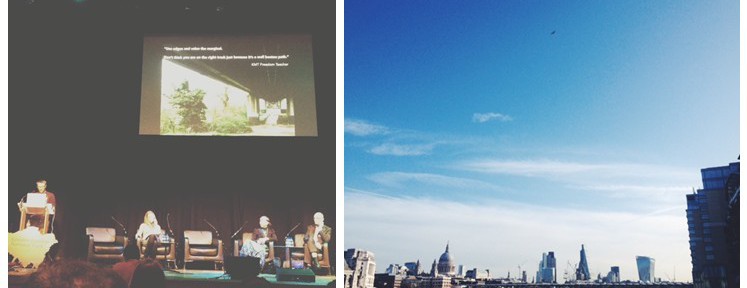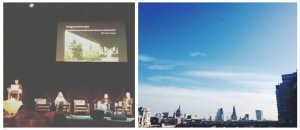
What first comes to mind when you read the words – National Park?
(Escapism, forest, coast, heath, mountains, nature, nostalgia, adventure, breathing easier, exploration, achy limbs, fresh faces…)
With more than 13,000 species inhabiting 3,000 parks, 30,000 allotments, three million gardens, 36 sites of special scientific interest, 142 Local Nature Reserves and two National Nature Reserves. Overall, a massive 47 per cent of London is green space, and 60 per cent is classified as open space – who would have thought? Despite the growing population of over 8 million people, London stands as one of the greenest cities in the world, with and as many trees as people!
By definition, a National Park’s purpose is to ‘conserve and enhance the natural beauty, wildlife and cultural heritage of the area and promote opportunities for the understanding and enjoyment of the special qualities of the park by the public’.
What would happen if we applied this to a city?
Daniel Raven-Ellison, founder of the Greater London National Park campaign, started up this discussion less than a year ago. His question is now picking up momentum across the UK with other cities, including Glasgow, seriously exploring this idea. Intrigued, I went along to Southbank in Central London for ‘Reimagine London’, a conference where over 600 people came together to attend talks, debates and activities to explore the concept of a ‘National Park City’. Thoughts were shared from school kids, politicians, leading charities and National Park experts from across the UK.
There was huge support from those driving initiatives on food waste, restoration projects, sustainability, rehabilitation, architecture, edible landscapes, wildlife conservation, health and wellbeing and education (to name a few). I spoke to others living in London who were excited about the ecological diversity present within the city. Many people felt strongly about urban landscape and its ability to galvanise communities, businesses and schools in a way that remote areas can lack.
Arguably one of the moments that resided with me the most was a speech delivered by a 15-year pupil of a local secondary school, communicating boldly and honestly about the value of green space to the city’s youth. Others led on to express the importance of the relationship that young people have with their local green spaces in an increasingly ‘virtually connected’ generation. It was raised that “London’s green space was under threat like never before as this ‘illiteracy’ about the natural environment deepened” – Matthew Firth, LWT.
The day moved into politics as the design advisor to the Mayor of London, chair of the Thames Gateway and representatives from Labour, Conservative, Liberal Democrat and the Green Party took to the debate.
I’ll admit, my initial thoughts towards a National Park City were sceptic, with others seeing it as slightly bonkers – but as this conference established, making cities such as London National Parks seems genuinely possible.
Read more here!
